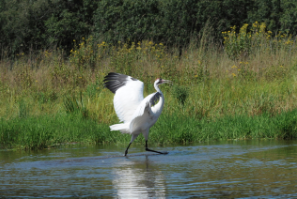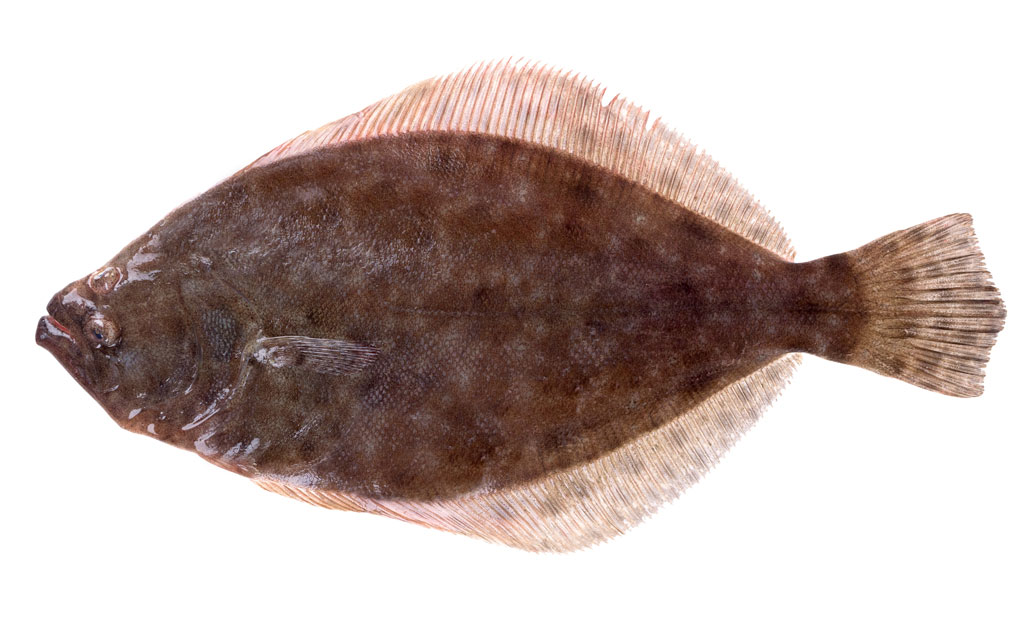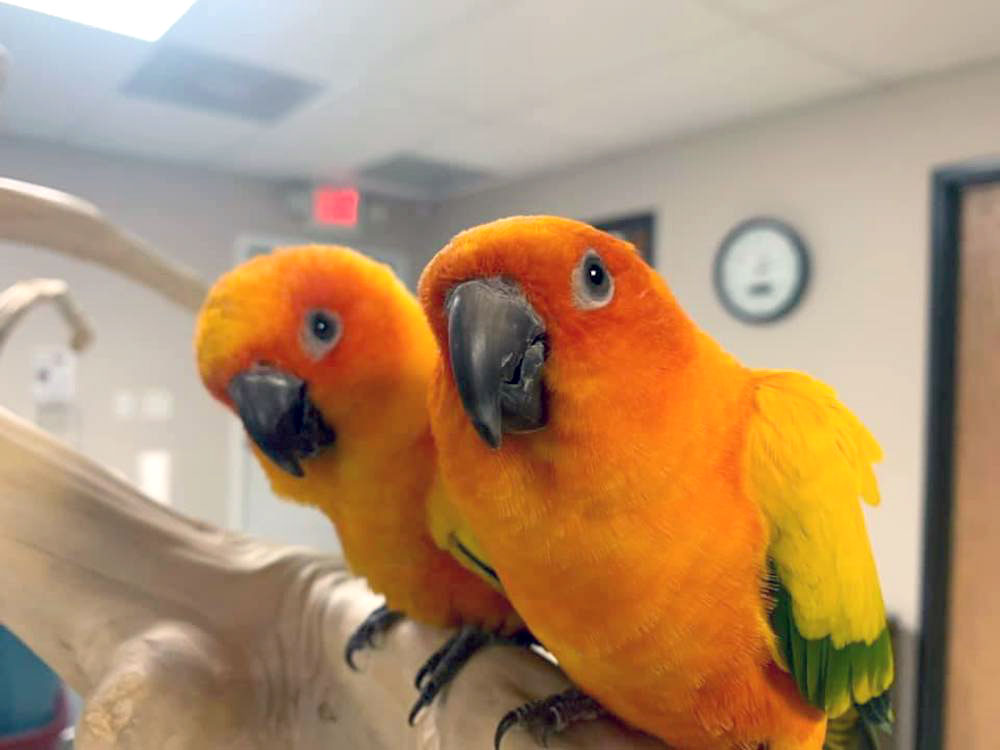
You can be a whooper watcher as the Aransas cranes head back to Canada this month. Spring migration for the 304 whooping cranes has begun. The only remaining wild flock of the endangered birds will travel 2,400 miles from the Gulf Coast to Canada in March and April, where they will breed and prepare the new young ones for their southern bound flight in September and October.
Bird lovers along the route can help track the cranes as they leave the Aransas National Wildlife Refuge and return to Wood Buffalo, Canada. To be a whooper watcher, you need to learn to spot the 5-foot-tall birds with black tipped wings and then report your findings. Details can be found at the Texas Parks and Wildlife Whooper Watch website or at the Whooping Crane Conservation Association website.
As they most endangered bird in North America, cranes are making a slow but steady comeback. Only 16 were left in the flock in 1942. Conservation efforts have paid off, growing the flock to its current 304 birds. Despite the size, you'll only see cranes a few at a time. They usually travel and feed in small groups of one to six birds. A typical sighting is three birds.
They travel along a migratory path through north and central Texas, including Wichita Falls, Fort Worth, Waco, Austin and Victoria. They pause overnight in wetlands and agricultural fields, but usually stay only one night. They are known to roost and feed with smaller sandhill cranes.
The best way to see a whooping crane is, of course, to visit the Aransas National Wildlife Reserve while the cranes are in their winter homeland from September to April.





